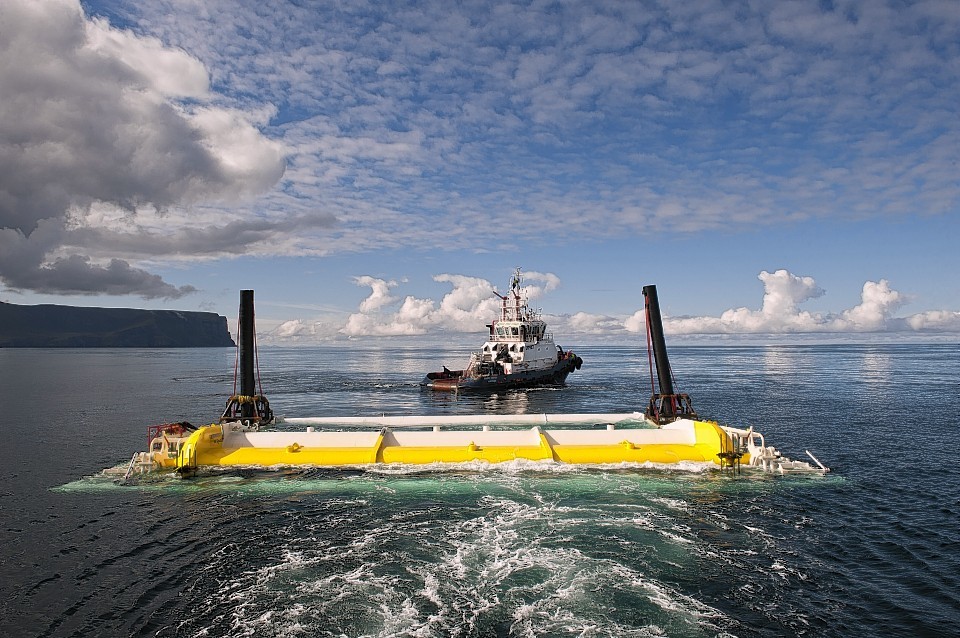An ocean energy test site in Orkney has agreed to work with organisations in China to support renewable wave energy development there.
The European Marine Energy Centre (Emec) yesterday said it signed a Memorandum of Understanding (MoU) with organisations based in Qingdao to support the development of a marine energy test site in the area.
The agreement comes on day two of Chinese President Xi Jinping’s four-day state visit to the UK.
Emec, along with the University of Edinburgh, signed the MoU alongside the Ocean University of China (OUC), Qingdao National Laboratory for Marine Science and Technology (QNLM), and Qingdao Songling Power Environmental Equipment Company (QSPEEC) at the UK-China Energy Dialogue – an annual forum for UK and Chinese government, business and academic leaders to meet and discuss the strategic challenges facing their respective energy sectors.
The MoU states intent to share knowledge and carry out fundamental research to establish a wave energy test site in Qingdao.
Oliver Wragg, Emec’s commercial director, said: “Scotland and China have a common interest to support the global development of marine energy technologies. As the first test centre of its kind, Emec has endured some steep learning curves during its own development, and we see no point in other countries having to reinvent the wheel.
“Having overseen more than 1,000 marine energy activities at our test sites in Orkney covering device deployments, grid connections, cable laying operations, data collection and various monitoring activities, we have many experiences to share with our Chinese counterparts that can make their journey a great deal smoother.
“And by working together, we can help open up markets across the world for wave and tidal energy technologies currently in development”.
Professor Hongda Shi from Ocean University of China (OUC) said: “Marine renewable energy in China has the potential for a brilliant future, but we have a long way to go. The short-cut for development is to cooperate with the countries who have advanced technology and abundant experience. Scotland is no doubt such a country, and Emec is the leader of the domain.
Professor Robin Wallace, of the University of Edinburgh added: “Developing wave and tidal energy technologies, human capacity and know-how to help address the energy trilemma of security, affordability and sustainability is a global challenge.
“Working together in international collaborations, such as this, will help to meet that exciting challenge and accelerate the establishment of the sector.”
